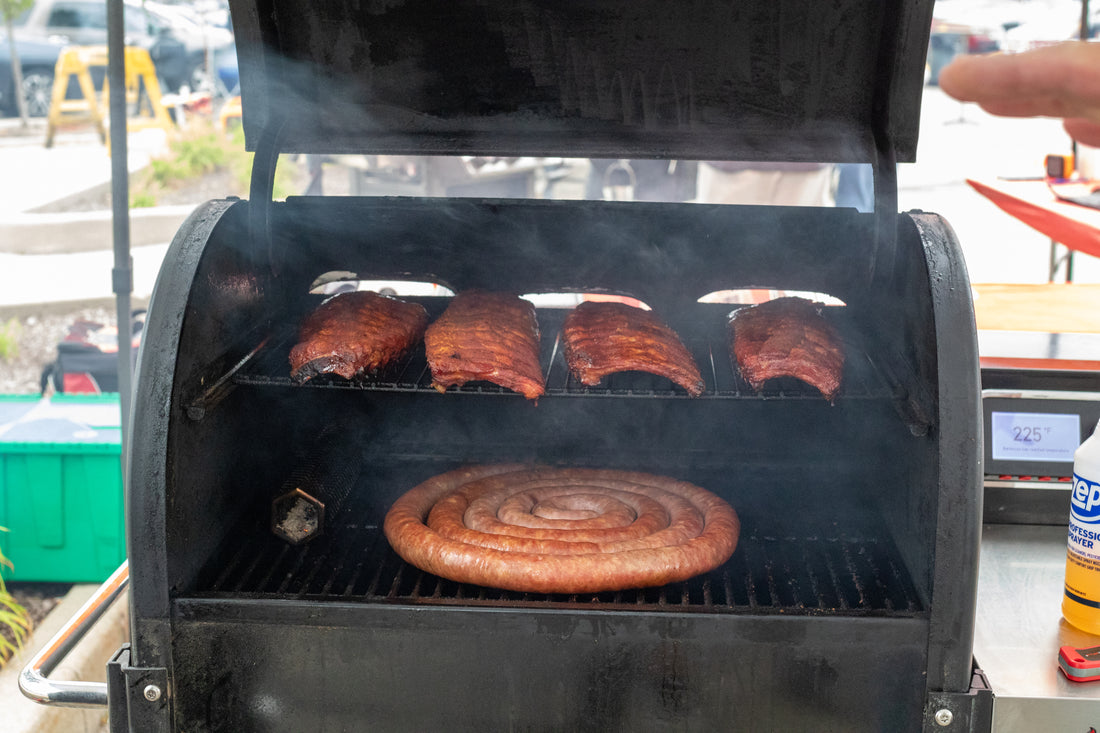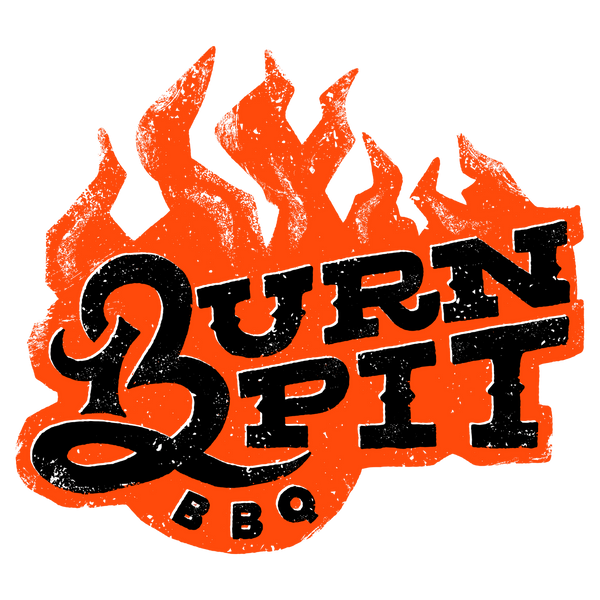
Mastering the Art of Smoking Pork Ribs: Unwrapping the Pros and Cons of the Texas Crutch Method
Share
Wrapping pork ribs while smoking them, also known as the "Texas Crutch" method, has both advantages and disadvantages. Here's a breakdown:
Advantages:
Faster Cooking Time: Wrapping ribs in foil can significantly reduce the cooking time. This is because the foil creates a steamy environment, helping to break down the connective tissues and tenderize the meat more quickly.
Moisture Retention: Wrapping helps retain moisture within the ribs, preventing them from drying out during the smoking process. The foil acts as a barrier that traps juices, resulting in juicier and more succulent ribs.
Flavor Infusion: The enclosed environment inside the foil allows the ribs to baste in their own juices, enhancing the flavor. Additionally, you can add liquids like apple juice, broth, or sauces to the foil for extra flavor infusion.
Disadvantages:
Less Bark Formation: Wrapping inhibits the development of a thick, crusty bark on the ribs. Some barbecue enthusiasts prefer a crunchy exterior, and wrapping can compromise the formation of this desired texture.
Reduced Smoke Absorption: When ribs are wrapped, they are shielded from the smoke, which can result in a milder smoky flavor. If you enjoy a strong smoky taste, the wrapping method may not be ideal.
Potential for Boiling: If the ribs are wrapped for too long or at too high a temperature, they may essentially boil in their own juices. This can lead to a texture that some people find undesirable, as opposed to the ideal balance of tenderness and bite.
Ultimately, whether to wrap pork ribs while smoking depends on personal preference and the desired outcome. Some pitmasters choose to wrap for a portion of the cooking time to enjoy the benefits, then unwrap to allow the bark to develop in the final stages. Experimentation is key to finding the method that suits your taste preferences.
Advantages:
Faster Cooking Time: Wrapping ribs in foil can significantly reduce the cooking time. This is because the foil creates a steamy environment, helping to break down the connective tissues and tenderize the meat more quickly.
Moisture Retention: Wrapping helps retain moisture within the ribs, preventing them from drying out during the smoking process. The foil acts as a barrier that traps juices, resulting in juicier and more succulent ribs.
Flavor Infusion: The enclosed environment inside the foil allows the ribs to baste in their own juices, enhancing the flavor. Additionally, you can add liquids like apple juice, broth, or sauces to the foil for extra flavor infusion.
Disadvantages:
Less Bark Formation: Wrapping inhibits the development of a thick, crusty bark on the ribs. Some barbecue enthusiasts prefer a crunchy exterior, and wrapping can compromise the formation of this desired texture.
Reduced Smoke Absorption: When ribs are wrapped, they are shielded from the smoke, which can result in a milder smoky flavor. If you enjoy a strong smoky taste, the wrapping method may not be ideal.
Potential for Boiling: If the ribs are wrapped for too long or at too high a temperature, they may essentially boil in their own juices. This can lead to a texture that some people find undesirable, as opposed to the ideal balance of tenderness and bite.
Ultimately, whether to wrap pork ribs while smoking depends on personal preference and the desired outcome. Some pitmasters choose to wrap for a portion of the cooking time to enjoy the benefits, then unwrap to allow the bark to develop in the final stages. Experimentation is key to finding the method that suits your taste preferences.
